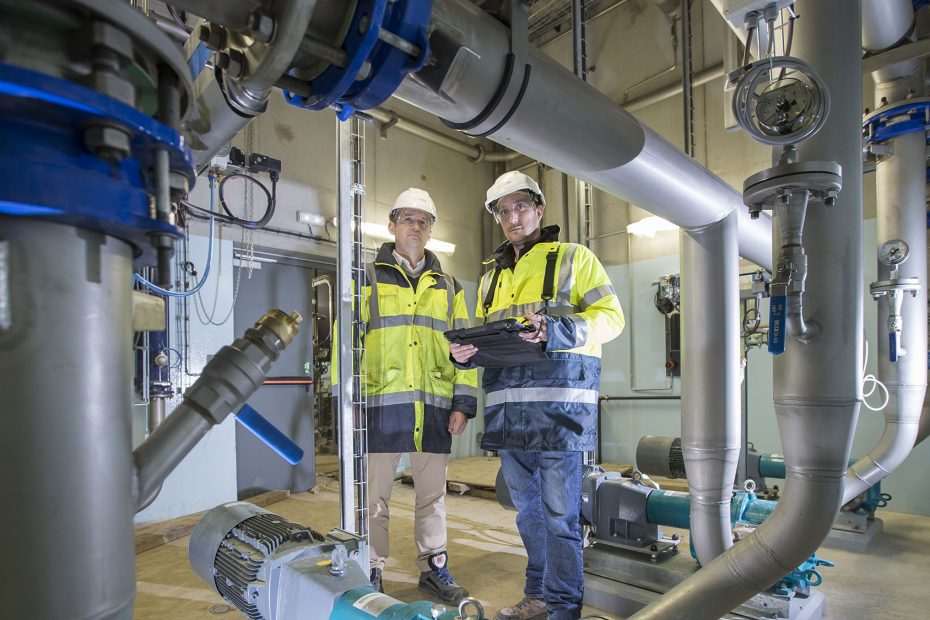The start of a new year is a good time for organizations to take stock of their safety practices and reaffirm their commitment to improving worker health and safety. One industry where this is particularly important is construction; construction’s rate of severe cases—those that lead to days away from work—is 20 percent higher than all other U.S. industries.
While ensuring that every worker returns home safely at the end of the day is the foremost goal of every construction firm, it is a daunting task in the physically changing work zone. Additionally, job sites can have hundreds or thousands of workers on site daily, often operating heavy equipment and machinery or working at elevated heights.
To date, safety personnel have had to rely on manual methods and spot checks to keep track of workers and identify safety incidents as they happen—an imprecise, impractical process at scale. Also, if a worker falls or is injured, he/she would have to depend on a nearby worker to leave to report the issue and return with help, increasing the risk of compounding injuries.
Fortunately, construction safety practices have begun changing with the adoption of Internet of Things (IoT)-based technologies, such as wearables and sensors. These technologies serve as extra eyes, ears, and hands at the job site, automatically capturing data from workers, equipment, and the environment in real time—more information than could be collected manually. By providing unprecedented, data-driven insights into daily operational and risk management practices, new technologies are connecting the field and corporate office in a way that was never possible before. The availability of these IoT devices and the actionable insights that they enable are impacting company culture and practices, empowering organizations to make better, more informed decisions.
Read the rest of this article over at OS&H
